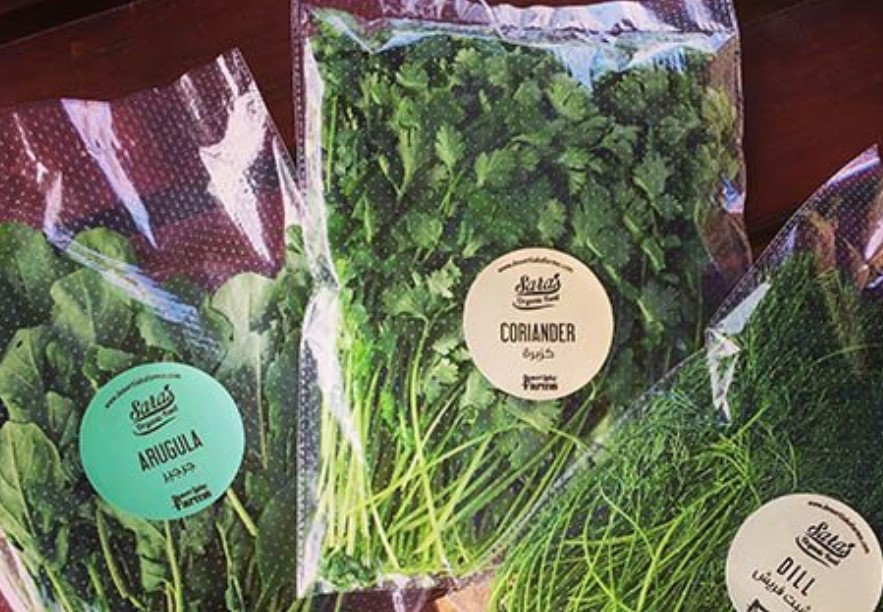Quality control is an important part of any manufacturing process including the production of food packaging. The primary goal of food packaging is to keep both the food and the consumer safe. With organic foods, consumer’s expect packaging to contain as few synthetic chemicals as the food it protects. If you’re searching for the right organic product packaging for your organic food product, here’s what you need to know about quality control.
 Quality Control and Food Contact Materials
Quality Control and Food Contact Materials
Quality control is often confused with quality assurance, so what’s the difference? Quality assurance focuses on the process by which the product is constructed; whereas, quality control focuses on the quality of the final product. More and more food manufacturers are choosing automated packaging systems. In the most basic sense, quality assurance ensures the product standards are met at each stage in the manufacturing process while quality control ensures the quality of the final product meets pre-set standards. Food Contact Materials (FCMs), which includes packaging, in the United States are regulated by the FDA. Food contact materials related to packaging include these:
- The material the packaging is made of (paper, plastic, foil, etc.)
- The ink used to produce the graphics on the packaging
- The method by which the graphics and colors are applied to the packaging material
- The films used to provide “windows” that allow consumers to view the product before purchasing
Of major concern is the potential for chemicals in these components to migrate to the food product itself. The FDA considers the best way to avoid ink migration to food products is through a functional barrier. They currently consider the following to be functional barriers for all possible migrants:
- Aluminum Foil
- PET (Polyethylene terephthalate) film 1-mil thick
The FDA does NOT consider Polyolefins as all-purpose functional barriers.
What to Look For in Organic Packaging
Successful organic food packaging is fresh, flexible and friendly. Not only are the graphics and print fresh and exciting, but also the food maintains its freshness and quality in the package. Flexible packaging and flexible packaging printing are great options, too because they allow you to easily alter the shape and design aspects of the packaging, such as lay flat and digital printed stand up pouches, to meet changing and varying needs. Friendly packaging includes features such as recyclability, hang hole options, press to close zippers and tear notches. Other things to consider when choosing high-quality food packaging include these:
- Packaging manufactured from materials that reduce oxygen and moisture vapor transfer to improve and prolong product freshness
- Packaging providers that use digital printing technology such as the Hewlett Packard Indigo 20000
- Providers that use recyclable films and environmentally friendly printing processes
- Wholesale printing providers that offer one-stop-shopping, including pouch-making, digital printing, solvent-free lamination, and roll stock services on site
- Ability to accommodate short and medium-sized runs with a quick turnaround
Quality products, organic or otherwise, require packaging designed to maintain the quality of your food products. Take the time to assess your specific product packaging needs then consult a quality, reputable flexible packaging manufacturer. Representatives are available to assist you with product recommendations and even work to your specifications.
Leave a Reply